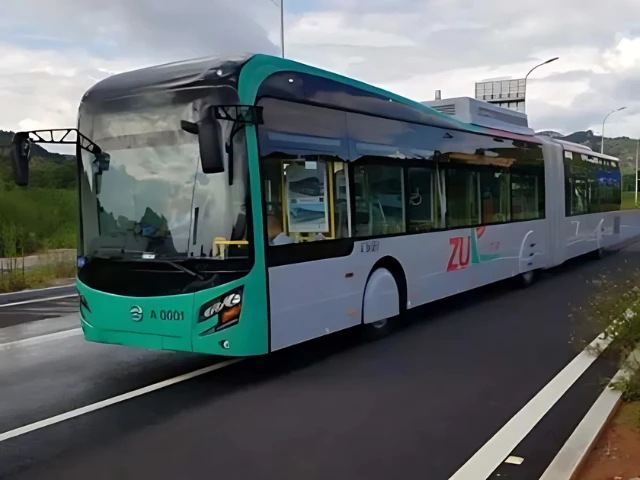TransPeshawar Announces Fare Hike for BRT Peshawar Starting July 1
Starting July 1, 2025, commuters using the Bus Rapid Transit (BRT) system in Peshawar will face a revised fare structure, as officially confirmed by TransPeshawar, the company managing the metro transport network.
According to the latest notification, fares across all routes will increase by Rs10 per stop. As a result, the cost for a 5-kilometre ride will rise from Rs20 to Rs30. Meanwhile, passengers covering longer distances of up to 40 kilometres will now pay Rs70, up from the current Rs60.
The fare for single-use tickets will also see a revision, with prices increasing from Rs60 to Rs70.
The decision was taken during a recent meeting of TransPeshawar’s Board of Governors, citing operational costs and system sustainability as the driving factors behind the revision. Officials emphasized that the updated fare policy is designed to ensure long-term efficiency of the transport system while maintaining service quality for commuters.
Accountability and Financial Oversight in Focus
This fare adjustment comes months after the National Accountability Bureau (NAB) made a historic recovery in connection with the BRT Peshawar project. In early 2024, NAB announced the retrieval of Rs168.5 billion, marking the highest recovery in the bureau’s 25-year history.
The investigation into the BRT project, launched in 2018, uncovered a series of irregularities. These included wrongful contract awards, financial misappropriation, and multiple breaches of contractual obligations. NAB’s findings led to the rejection of Rs31.5 billion in contractor claims at the International Court of Arbitration.
More than 400 bank accounts were examined during the probe, further exposing discrepancies tied to six major contracts awarded to preferred vendors.
Despite the controversies surrounding its development, the BRT system remains a vital urban mobility solution for Peshawar, with daily ridership in the thousands. The new fare structure is expected to impact a wide range of commuters, from office workers to students, as the city adapts to evolving transport dynamics.













